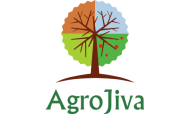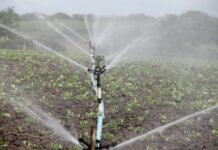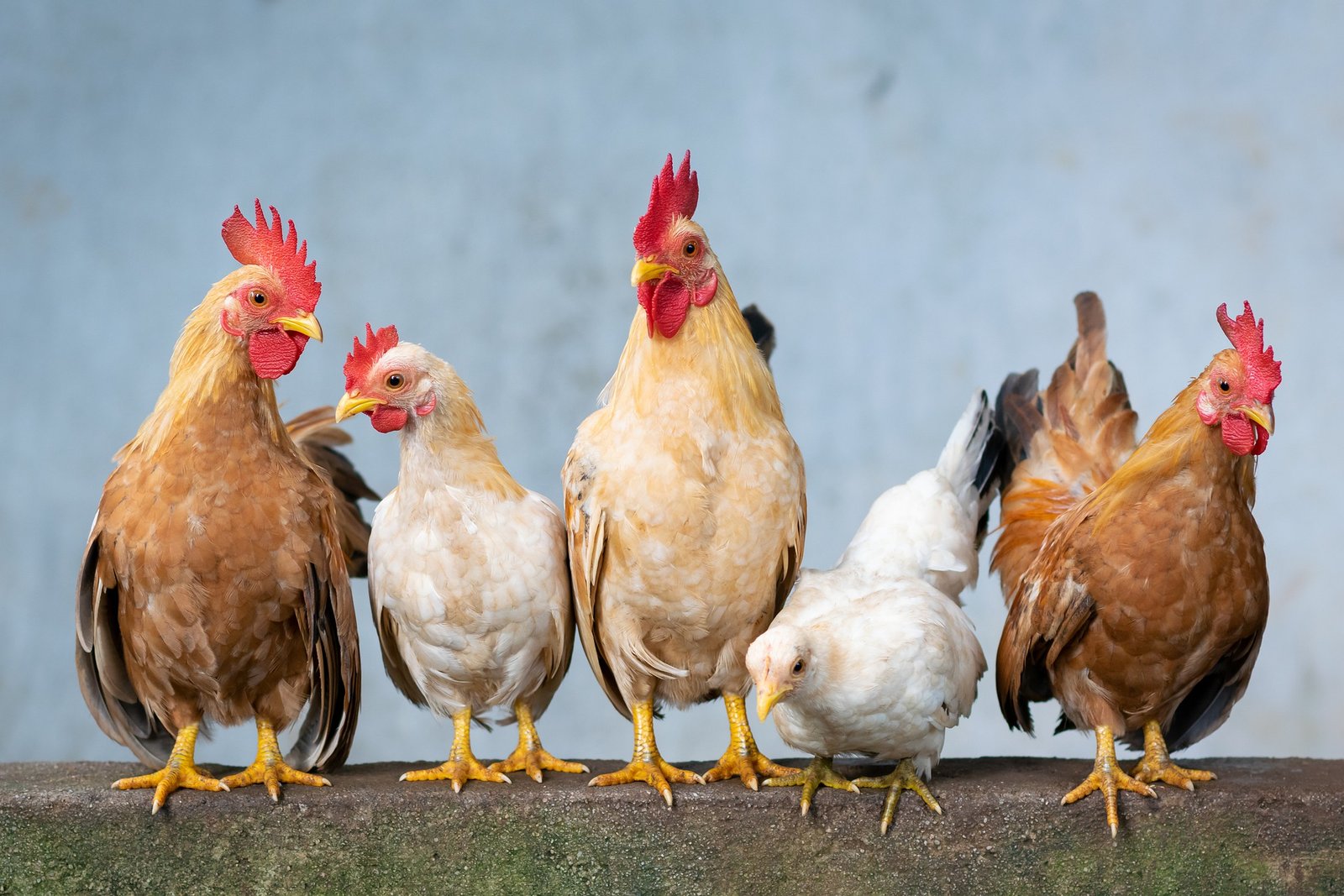EVOLUTIONARY SIGNIFICANCE
(Livestock) Domestication of farm animals started some 12000-14000 years back during the agricultural revolution of the earlier Neolithic period along with the realization of the need for raising of major crops and animal species.
Domestication of animals can be considered as the most important development in human history, not very different from the invention of steel implements and the wheel which led to a great improvement in crop production, processing, transport, and marketing. After the initial domestication of livestock species where they were originally found and domesticated, human movement and ever increasing population and subsequent ecological conditions prevailing in the new location and demands of people who farmed livestock species led to their diversification.
The economic, social, and cultural considerations and the agro-ecological variations have resulted in the development of different production types and breeds within production types of various livestock species.
DIVERSITY OF FARM ANIMAL GENETIC RESOURCES
India being a vast country and comprising of different agro-ecological regions with diverse climate, land topography, soil, water, vegetation, and other natural resources, possesses almost all domesticated animal species, landraces, and crops with different production systems. Its huge Animal Genetic Resource base is characterized by a rich and diverse repository of livestock and poultry species, which includes 160 well recognized and registered breeds of livestock and poultry, besides populations of other species like Yak, Mithun, Duck, and Quails which are yet to be classified into well descript breeds.
ICAR-National Bureau of Animal Genetic Resources, Karnal has been given the mandate “Identification, Evaluation, Characterization, Conservation and Sustainable Utilization of Livestock and Poultry Genetic Resources, and Coordination and capacity building in animal genetic resources management and policy issues”.
| Cattle (40) | Amritmahal, Bachaur, Badri, Bargur, Belahi, Binjharpuri, Dangi, Deoni, Gangatiri, Gaolao, Ghumusari, Gir, Hallikar, Hariana, Kangayam, Kankrej, Kenkatha, Khariar, Kherigarh, Khillar, Kosali, Krishna Valley, Malnad Gidda, Malvi, Mewati, Motu, Nagori, Nimari, Ongole, Ponwar, Pulikulum, Punganur, Rathi, Red Kandhari, Red Sindhi, Sahiwal, Siri, Tharparkar, Umblachery and Vechur |
| Buffalo (13) | Banni, Bhadawari, Chilka, Jaffarabadi, Kalahandi, Marathwadi, Mehsana, Murrah, Nagpuri, Nilli Ravi, Pandharpuri, Surti, Toda |
| Sheep (42) | Balangir, Bellary, Bhakarwal, Bonpala, Changthangi, Chevaadu, Chokala, Chottanagpuri, Coimbatore, Deccani, Gaddi, Ganjam, Garole, Gurez, Hassan, Jaisalmeri, Jalauni, karnah, Katcha katty Black, Kendrapada, Kenguri, Kilakarsal, Madras Red, Magra, Malpura, Mandya, Marwari, Mecheri, Muzaffarnagri, Nali, Nellore, Nilgiri, Patanwadi, Poonchi, Pugal, Ramnad White, Rampur Bushair, Shahabadi, Sonadi, Tibetan, Tiruchi Black and Vembur |
| Goat (26) | Attapady Black, Pantja, Barbari, Beetal, Berari, Black Bengal, Changthangi, Chegu, Gaddi, Ganjam, Gohilwadi, Jakhrana, Jamunapari, Kodi Adu, Kanni Adu, Konkan Kanyal, Kutchi, Malabari, Marwari, Mehsana, Osmanabadi, Sangamneri, Sirohi, Surti, Teressa and Zalawadi |
| Horse & Ponies (6) | Bhutia, Kathiawari, Manipuri, Marwari, Spiti and Zanskari |
| Camel (9) | Bikaneri, Jaisalmeri, Jalori, Kharai, Kutchi, Malvi, Marwari, Mewari and Mewati |
| Donkey (1) | Spiti |
| Pig (6) | Agonda Goan Doom, Ghoongroo, Niang Megha, Nicobari and Tenyi Vo |
| Chicken (17) | Ankaleshwar, Aseel, Busra, Chitagong, Danki, Daothigir, Ghagus, Harringhata Black, Kadaknath, Kalasthi, Kannayen, Kashmir Favorolla, Mewari, Miri, Nicobari, Punjab Brown and Tellichery |
| Yak & Mithun | No registered breeds |
Read More:- Indigenous Cattle Breeds of India
POPULATION DYNAMICS
According to the 2012 Livestock Census data, the country had 512.05 million livestock population and 729.2 million poultry population. During the last five years (2007-12), the percentage change in Indigenous Cattle population was -19.32% in males, -3.38% females in milk, and +6.45% in dry females, thus giving an overall change of -8.94% in Cattle population during the period. Percentage change from 2007 to 2012 in Exotic/crossbred Cattle population was -12.75% in males, +33.49% females in milk, and +38.57% in dry females, thus giving an overall change of +20.18% in the Exotic/crossbred Cattle population during the period.
Whereas, sheep and goat population during this period declined at @9.07% and 3.82%. However, the chicken population was increased by @12.39%. The population of Horses, Ponies, and Mules also increased but the population of Camel, Donkey, Pig has decreased. The total Mithun and Yak in the country have registered a growth of 12.98% and -7.64% respectively, over the previous census and presently the number of Mithuns and Yaks in the country is 0.29 million and 0.07 million respectively.
Although, we possess a large number of well-defined cattle and buffalo breeds, yet about 66.14% of cattle and 43.37% of buffaloes are non-descript. About 22.14% of cattle and 17.05% buffaloes are purebred while the rest may be graded animals of recognized breeds.
These diverse population groups are reared in small herd sizes of 2-3 animals mainly by small, marginal, and landless farmers of different socio-economic levels.
RELEVANCE OF DOMESTIC ANIMAL DIVERSITY
The native farm animal genetic resources possess unique genes and combinations of genes which are responsible for disease resistance, stress resistance, quality animal products, feed efficiency, and many more traits of economic and environment importance. In the present era of fast pace of transformation of agriculture and animal production scenario to meet the burgeoning needs of the human population, only a few high producing farm animal breeds within some species are fast replacing the low yielding and relatively economically non-viable breeds and species.
As a result, a large number of farm animal species and breeds are being lost. It is due to changing agricultural scenario with the increasing transformation of pasture lands into intensive and mechanized cultivation coupled with a lack of effective and planned breeding policy and indiscriminate use of exotic germplasm.
As a result, a large number of local breeds are getting endangered at an alarming rate. If this trend is not reversed, the invaluable native germplasm which has the inherent capacity to withstand abiotic and biotic stress under tropical conditions, possessing unique genes for better feed conversion efficiency and adaptation to local management and environment would grossly be depleted or even lost forever.
Therefore, concerted efforts by all stakeholders engaged in the farm animal sector are required to ensure not only the conservation of such threatened farm animal breeds but also bringing their sustainable development and utilization in India.
Read More:- Common Definitions & Terms used in Poultry

















